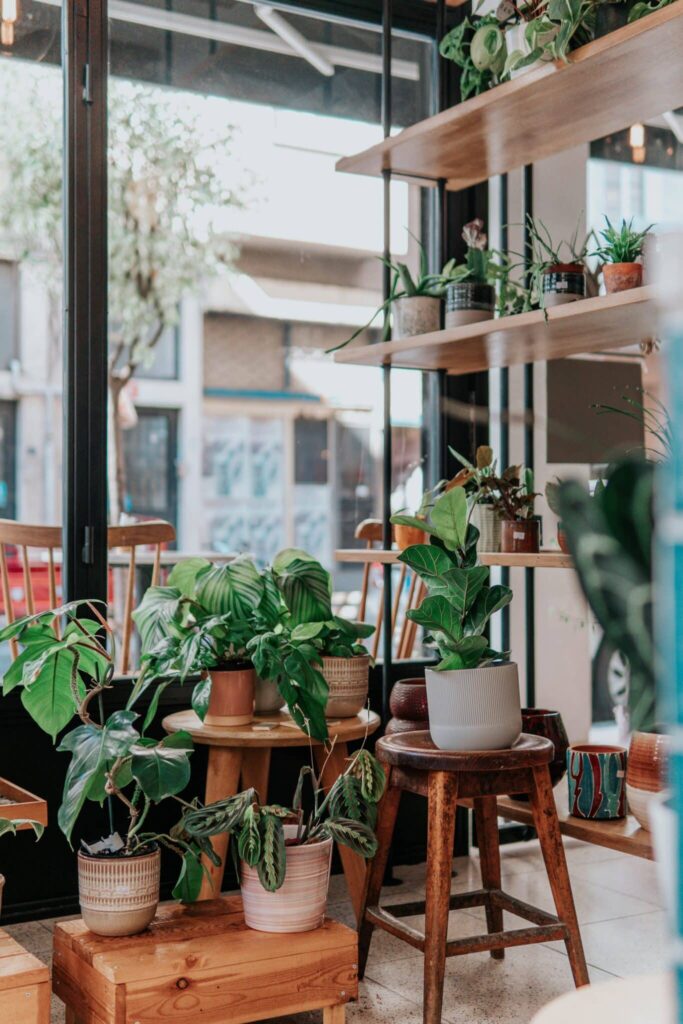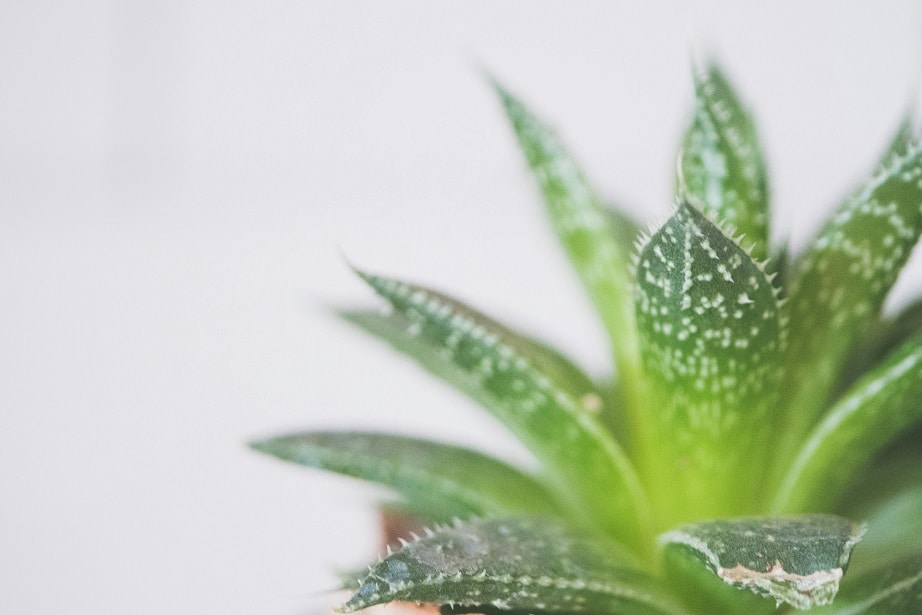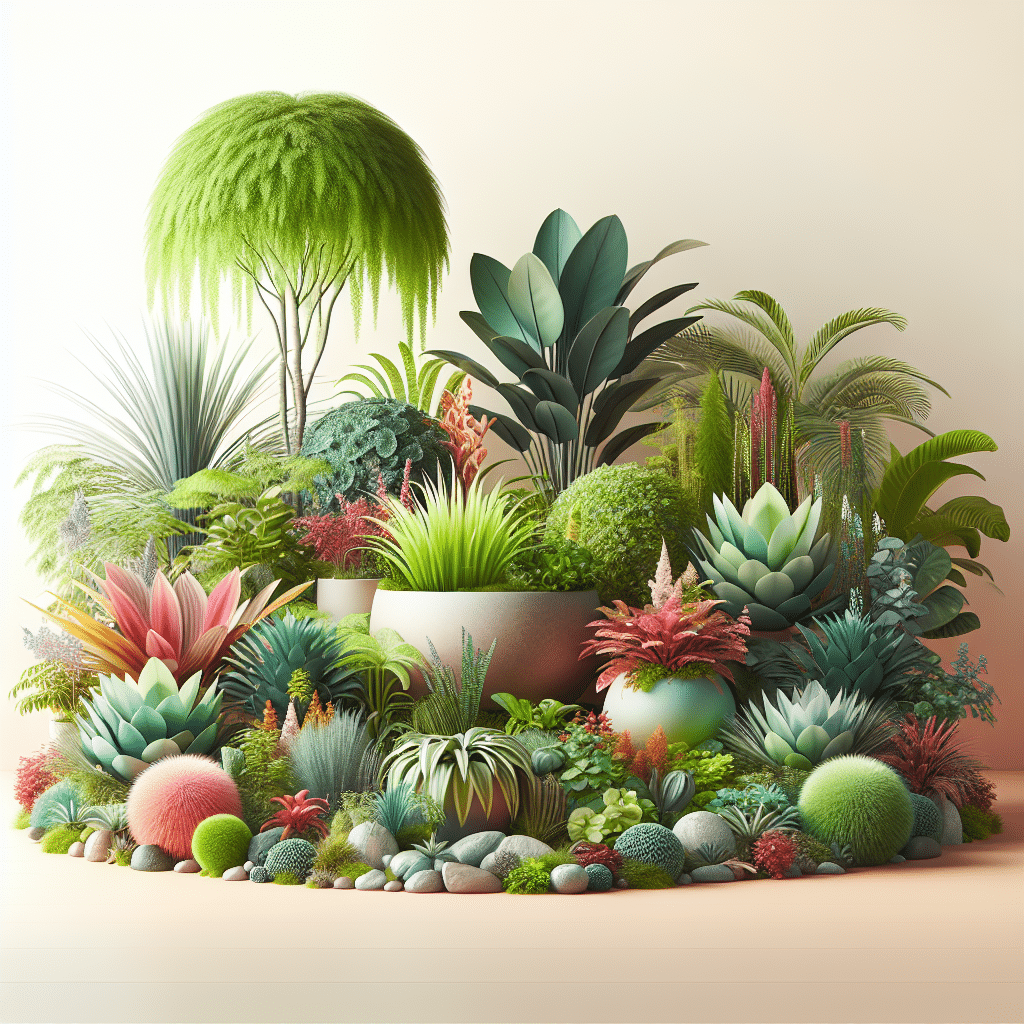In this article, we will explore the importance of well-draining potting soil for indoor plants.
Are your indoor plants not thriving the way you want them to? One crucial factor that may be affecting their growth is the type of potting soil you are using. The key to healthy indoor plants is choosing the best well-draining potting soil. By ensuring proper drainage, you can prevent over-watering and root rot, allowing your plants to flourish. In this article, we will explore the importance of well-draining potting soil and provide helpful tips for selecting the right one for your indoor plants. Say goodbye to wilted leaves and hello to vibrant greenery!

Key Factors to Consider For Well Draining Potting Soil For Indoor Plants
Texture and Composition
When it comes to choosing the best well-draining potting soil for your indoor plants, texture and composition are key factors to consider. The texture of the soil refers to the size of its particles, while composition refers to the ratio of different organic and inorganic matter in the mixture.
Aeration and Drainage
Aeration and drainage are crucial for the health of your indoor plants. Good aeration allows the roots to breathe and prevents waterlogged soil, while proper drainage ensures that excess water can flow freely out of the pot.
Water Retention Capacity
While well-draining soil is important, it is also essential for the potting mix to have adequate water retention capacity. This will help ensure that your plants receive sufficient moisture without becoming oversaturated.
Nutrient Content
In addition to proper aeration, drainage, and water retention, well-draining potting soil should also have the right balance of nutrients to support plant growth. Nutrient-rich soil provides essential elements that are necessary for healthy foliage, root development, and overall plant vigor.
Understanding Soil Components
Organic Matter
Organic matter, such as decomposed plant material and animal waste, plays a vital role in potting soil. It improves soil structure, enhances water retention, and provides plant nutrients over time.
Inorganic Matter
Inorganic matter, such as mineral particles, sand, clay, and silt, contributes to the texture and drainage properties of the soil. It helps to create pore spaces that allow air and water to move freely through the soil.
Water
Water plays an essential role in plant growth and the organic and inorganic matter in the soil holds it. However, proper water management is crucial, as excessive watering or poor drainage can lead to root rot and other issues.
Air
Air is critical for root respiration, allowing indoor plants to take in oxygen and release carbon dioxide. Adequate pore spaces in the soil ensure that the roots have access to sufficient air for optimal growth.
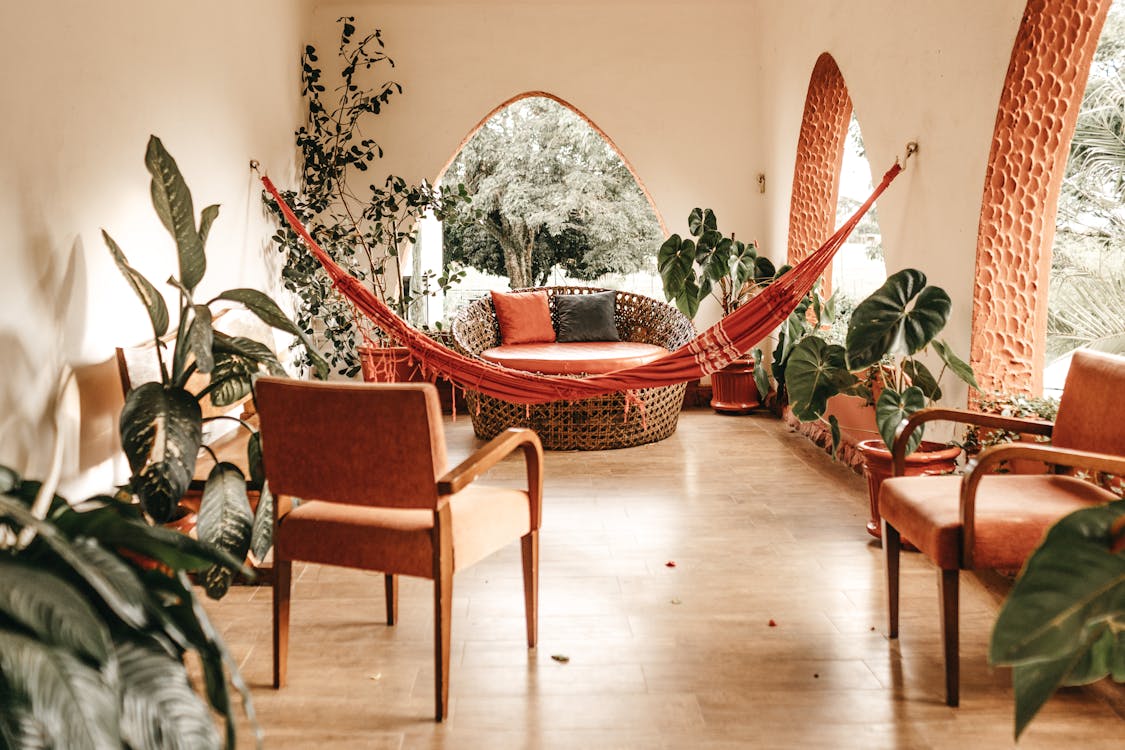
Common Ingredients in Well Draining Potting Soil
Peat Moss
Peat moss is a popular ingredient in well-draining potting soils. It helps improve water retention and aeration in the soil, making it ideal for plants that prefer slightly moist conditions.
Perlite
Perlite is a lightweight, porous material that is commonly added to potting soil to improve drainage. It helps prevent soil compaction and promotes aeration in the root zone.
Vermiculite
Vermiculite is another lightweight material that enhances water retention in potting soil. It has the ability to absorb and hold moisture, releasing it slowly to the plants as needed.
Coconut Coir
Coconut coir is a sustainable alternative to peat moss. It improves water retention, aeration, and nutrient holding capacity in potting soil. It also helps reduce disease and pests.
Sand
Well-draining potting soil often incorporates sand to improve drainage and prevent soil compaction. It also enables water to flow freely through the soil, preventing excess moisture build-up.
Compost
Compost is a valuable ingredient in potting soil as it provides organic matter and essential nutrients. It improves soil structure, increases water retention, and supports beneficial soil microorganisms.
Choosing the Right Texture
Sandy Soil
Sandy soil has larger particles and drains quickly. It is well-suited for plants that prefer drier conditions and excellent drainage. However, sandy soil may require more frequent watering and fertilization.
Loamy Soil
Loamy soil is a balanced soil type that contains a mixture of sand, silt, and clay particles. Moreover, it has excellent drainage while retaining adequate moisture and nutrients. Loamy soil is considered the ideal texture for most indoor plants.
Clay Soil
Clay soil is composed of very fine particles and tends to retain water, making it heavy and prone to poor drainage. However, it can be modified by adding amendments to improve its drainage and aeration.

Assessing Aeration and Drainage
Permeability
Permeability refers to the ability of the soil to allow water to pass through it. Well-draining potting soil should have good permeability to ensure that excess water can quickly drain away from the roots.
Pore Space
Pore space refers to the empty spaces between soil particles. It is crucial for allowing air and water movement within the soil. However, well-draining potting soil should have sufficient pore space to facilitate proper aeration and drainage.
Compaction
Soil compaction occurs when the soil particles are pressed together tightly, reducing the pore spaces and restricting air and water movement. Avoid using overly compacted potting soil, as it can lead to poor plant growth and root health.
Water Retention Capacity
Water-Holding Capacity
Water-holding capacity is the ability of the soil to retain moisture. Well-draining potting soil should balance good drainage and sufficient water-holding capacity to ensure that the plants receive adequate moisture.
Wetting Agent
A wetting agent is a substance that helps retain moisture in the soil by reducing surface tension. It improves water distribution and penetration within the potting soil, ensuring that water reaches the roots evenly.
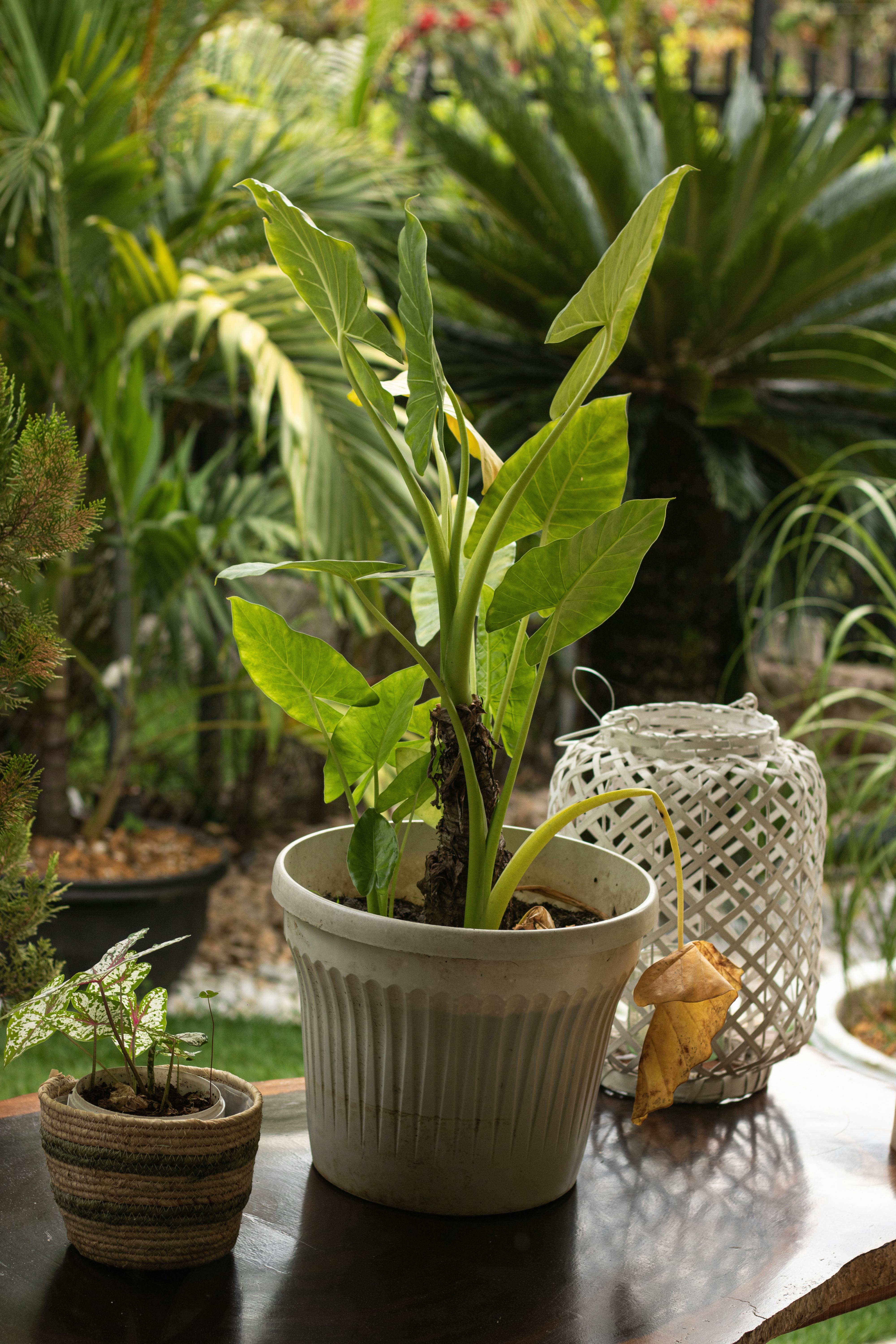
Balancing Nutrient Content
Essential Nutrients
Well-draining potting soil should provide a balanced supply of essential nutrients for your indoor plants. Nitrogen, phosphorus, and potassium are the primary macronutrients, while secondary and micronutrients are also important for overall plant health.
Slow-Release Fertilizers
Slow-release fertilizers are often added to potting soil to provide a steady supply of nutrients over an extended period. While, these fertilizers release nutrients gradually, reducing the risk of nutrient burn and ensuring long-term plant nutrition.
Pre-packaged vs. Homemade Potting Soil
Convenience
Pre-packaged potting soil offers convenience as it is premixed and ready to use. On the other hand, homemade potting soil allows you to customize the blend according to your plants’ specific needs.
Customizability
Homemade potting soil allows you to tailor the mixture to suit the requirements of different plant species. You can adjust the texture, nutrient content, and drainage properties based on the specific needs of your indoor plants.
Quality Control
Pre-packaged potting soils undergo quality control measures to ensure consistent performance. However, with homemade potting soil, you have direct control over the ingredients and their quality, giving you more control over the overall quality of the mix.
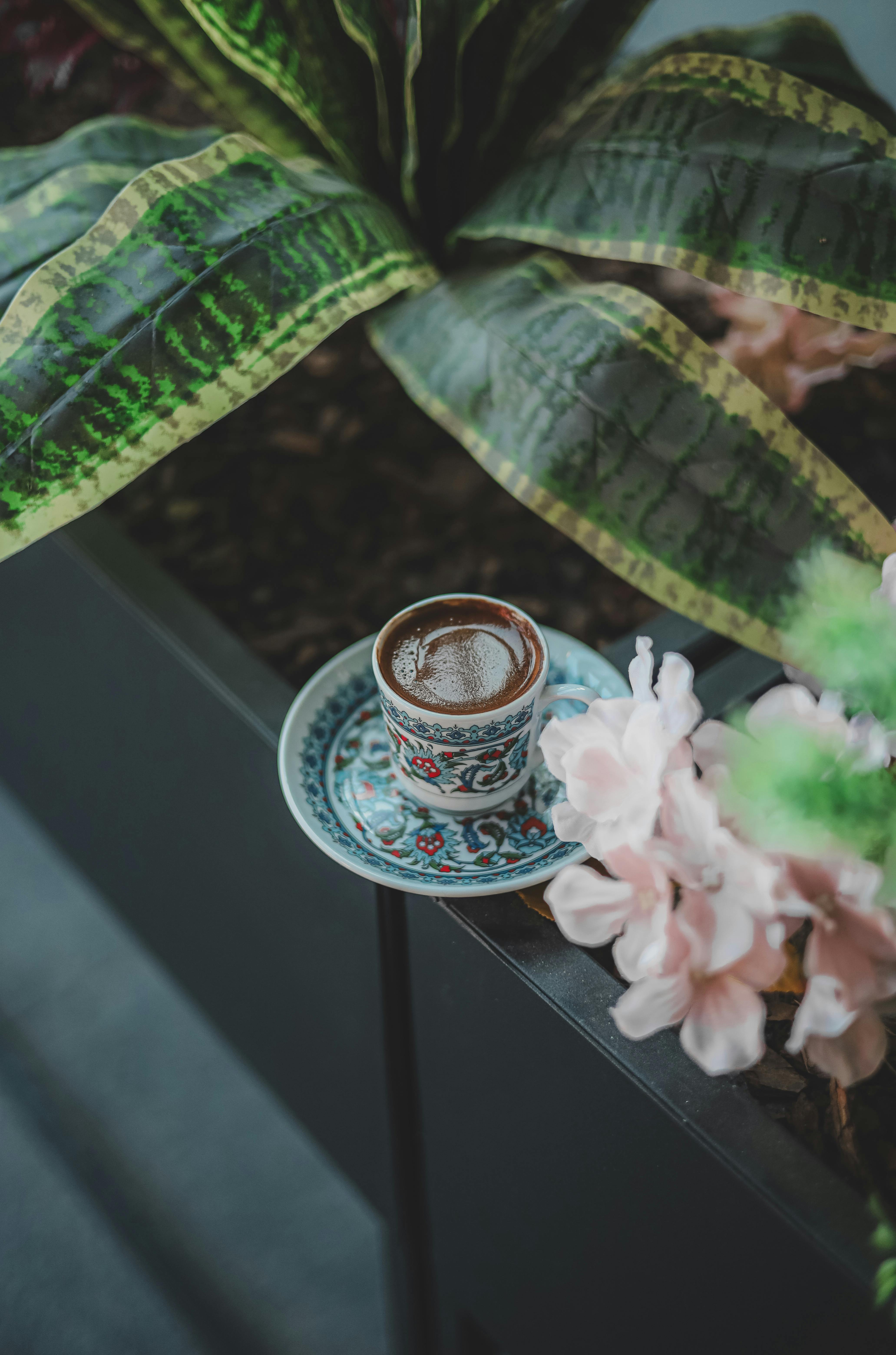
Buying Tips for Well Draining Potting Soil
Read the Label
When purchasing well-draining potting soil, always read the label carefully. Look for product descriptions that mention good drainage, aeration, and water retention properties. Avoid products that contain excessive clay or lack organic matter.
Check for Certification
Look for potting soils that are certified by reputable organizations or have been independently tested for quality. However, certification ensures that the product meets certain standards and has been evaluated for performance.
Consider pH Level
Different plants have different pH preferences. Consider the pH level of the potting soil and choose a mix that aligns with the pH requirements of your indoor plants. Most plants prefer a slightly acidic to neutral pH range.
Best Well Draining Potting Soils
Option 1: FoxFarm Ocean Forest Potting Soil
FoxFarm Ocean Forest Potting Soil is a high-quality blend that provides excellent drainage while retaining adequate moisture. It is enriched with nutrients and contains beneficial soil microorganisms for optimal plant growth.
Option 2: Espoma Organic Cactus Mix
Espoma Organic Cactus Mix is specifically formulated for cacti and succulents, which require well-draining soil. It contains a blend of organic materials, pumice, and perlite to promote proper aeration and drainage.
Option 3: Black Gold All Purpose Potting Soil
Black Gold All Purpose Potting Soil is a versatile blend for various indoor plants. It features a well-balanced texture and excellent drainage, and enriched with organic matter and nutrients.

